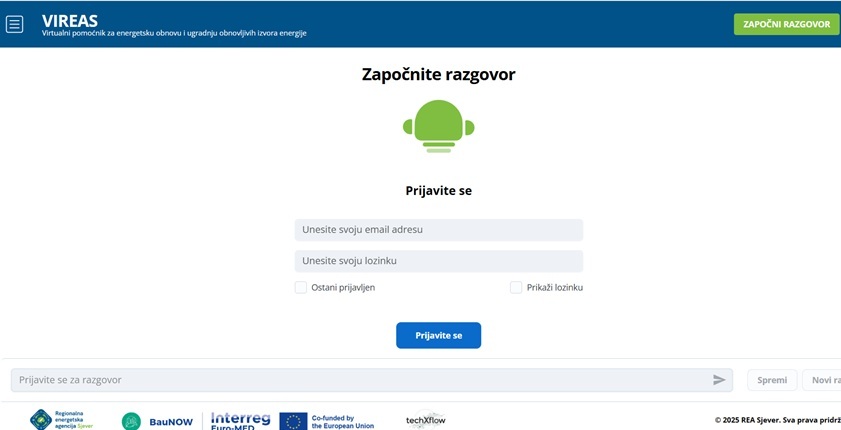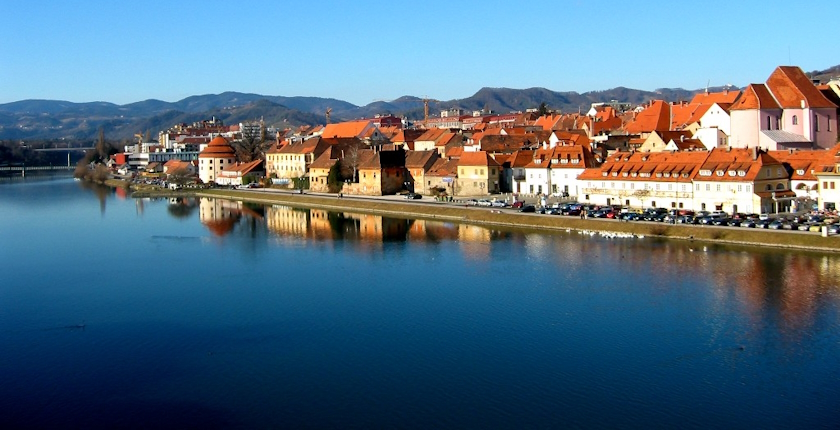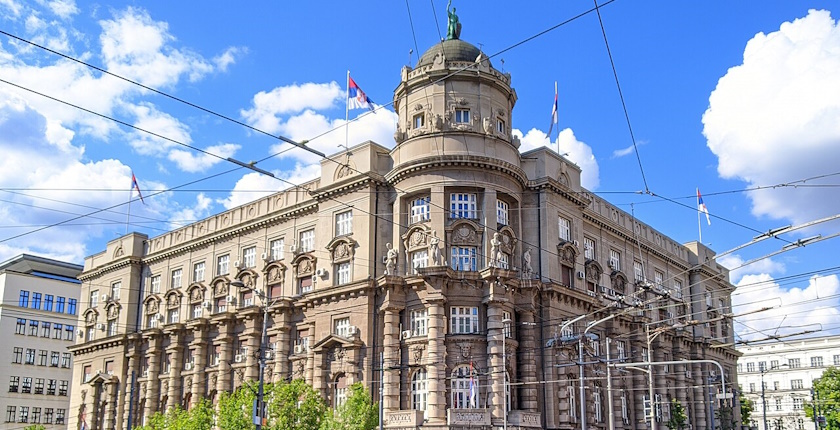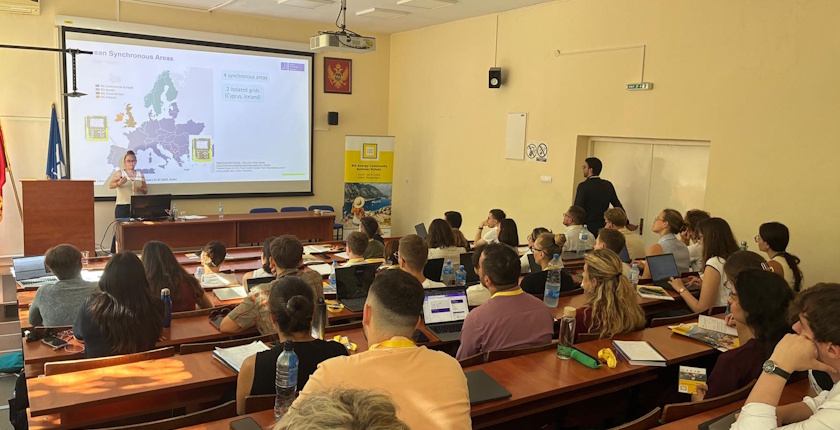
China-based Astronergy to build solar cell factory in western Turkey
Astronergy allocated USD 700 million for its second solar module factory in Turkey. It aims to start manufacturing photovoltaic wafers and cells in Balıkesir in the first phase. The company is part of Chint Group, headquartered in China.
Turkey’s industrial base for renewable energy equipment is expanding. The solar and wind power segment is serving the participants in government auctions, which have high domestic content requirements, and benefiting from manufacturing incentives. China-based firm Astronergy, which already operates a solar panel factory in Adana of 1 GW in annual capacity, decided to build another facility in western Turkey.
The investment in Balıkesir will be worth USD 700 million, the company’s Chairman in Turkey Ercüment Kaya told Anadolu Agency. Astronergy, part of Chint Group, aims to start building the factory by the end of the year.
In the first phase, the facility would manufacture solar wafers and cells and reach 3 GW per year. By 2028, when it is set to be fully operational, it would have 5 GW in capacity and produce photovoltaic modules as well, the official revealed.
The solar panel manufacturer is planning to export 80% of the devices that it manufactures in the second factory
The company would employ its TOPCon 4.0 cell technology. Astronergy counts on the government’s HIT-30 program for high technology, the report adds. Kaya said the manufacturer bought land in Balıkesir’s industrial zone and that it intends to export 80% of the devices, mostly to the American market and Southern Europe.
Early this year, 75 solar panel manufacturers operated in Turkey. Put together, their annual capacity was 44.5 GW. Three were making solar cells and their overall capacity was 6.1 GW per year.
The country is also strong in other technologies, like for geothermal power plants.
The government recently declared a 2035 target for solar and wind of 120 GW in total. Turkey hosts some 23 GW in photovoltaic capacity.





